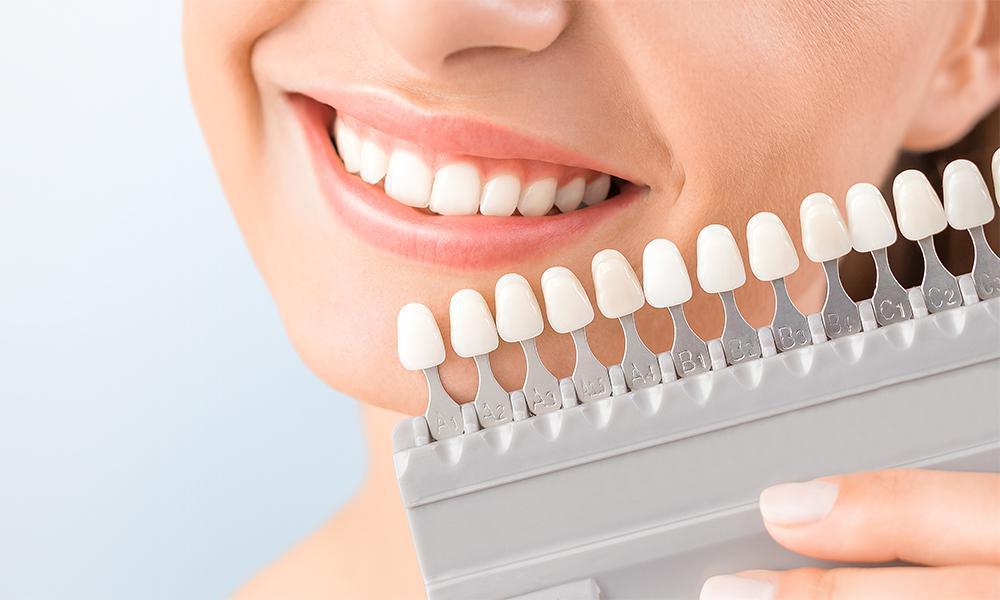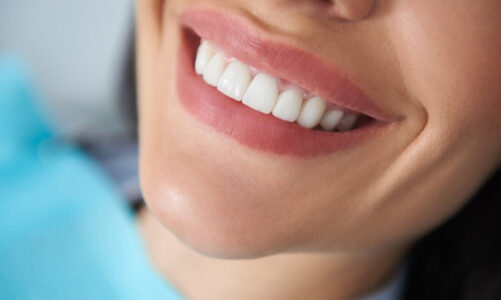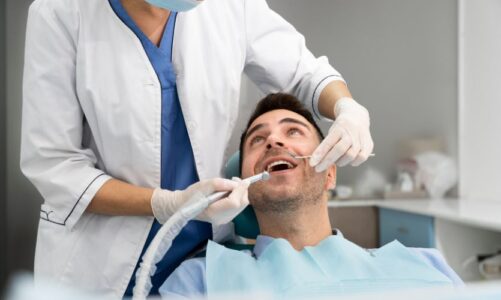Orthodontic treatment plays a critical role in enhancing oral health by addressing various dental issues such as misalignments, malocclusions, and spacing problems. This article delves into the multifaceted impact of orthodontic care on oral health, exploring how it contributes to improved functionality, aesthetics, and overall well-being.
- Correction of Malocclusions:
Orthodontic treatment is paramount in correcting malocclusions, which are misalignments of the teeth and bite. Malocclusions can lead to difficulties in chewing, speaking, and maintaining oral hygiene. By aligning the teeth and correcting the bite, orthodontics alleviates these issues, enhancing oral function and preventing complications such as uneven wear and temporomandibular joint disorders.
- Enhanced Oral Hygiene:
Misaligned teeth can create hard-to-reach areas that accumulate plaque and tartar, leading to gum disease and tooth decay. Orthodontic treatment aligns teeth properly, eliminating such areas and facilitating effective brushing and flossing. This improvement in oral hygiene reduces the risk of periodontal disease and cavities, promoting long-term dental health.
- Aesthetic Improvements:
Orthodontic care significantly improves dental aesthetics by straightening crooked teeth and closing gaps. A well-aligned, symmetrical smile boosts self-esteem and confidence, impacting social interactions and mental well-being positively. The aesthetic benefits of orthodontic treatment extend beyond mere appearance, fostering a positive self-image and enhancing overall quality of life.
- Prevention of Dental Issues:
Orthodontic interventions, especially when initiated early, can prevent a host of dental problems, including overcrowding, impactions, and abnormal tooth wear. Preventive orthodontic care can mitigate the progression of dental irregularities, optimize treatment outcomes, and minimize the need for more invasive procedures in the future.
- Improved Speech and Chewing Function:
Misaligned teeth and malocclusions can impair speech and chewing function. Orthodontic treatment addresses these issues by optimizing tooth and jaw alignment, thereby improving articulation and mastication. Enhanced speech clarity and chewing efficiency contribute to better communication and nutritional intake, impacting overall health and well-being.
- Reduced Risk of Trauma:
Protruding front teeth are susceptible to trauma and injuries, especially in children and individuals involved in sports. Orthodontic treatment can reposition such teeth, reducing the risk of fractures and damage during accidents. This protective aspect of orthodontics is crucial in preserving tooth integrity and preventing traumatic dental injuries.
- Long-term Cost Efficiency:
Investing in orthodontic treatment can lead to long-term cost savings by preventing dental issues that require expensive interventions. The cost efficiency of orthodontic care is particularly significant considering the high expenses associated with treating advanced periodontal disease, tooth loss, and other dental complications.
Conclusion:
Orthodontic treatment is a cornerstone of oral health, offering multifaceted benefits ranging from functional improvements to aesthetic enhancements. By correcting malocclusions and misalignments, orthodontics facilitates better oral hygiene, prevents dental complications, and improves quality of life. The comprehensive impact of orthodontic care underscores its importance in maintaining optimal oral health and well-being, making it a worthwhile investment for individuals seeking a harmonious, functional smile.




